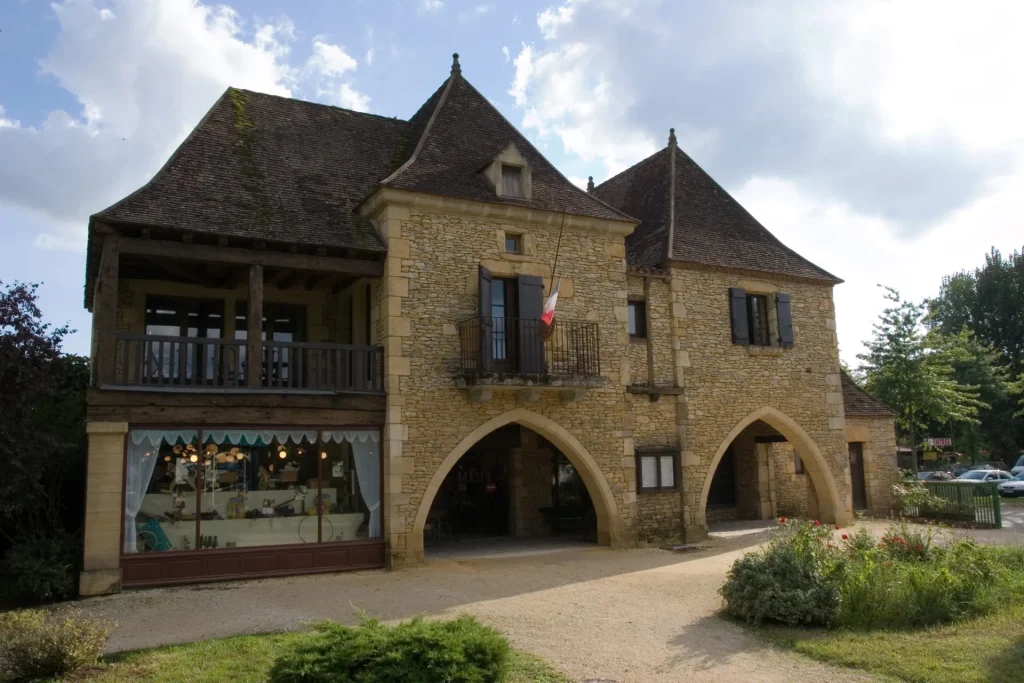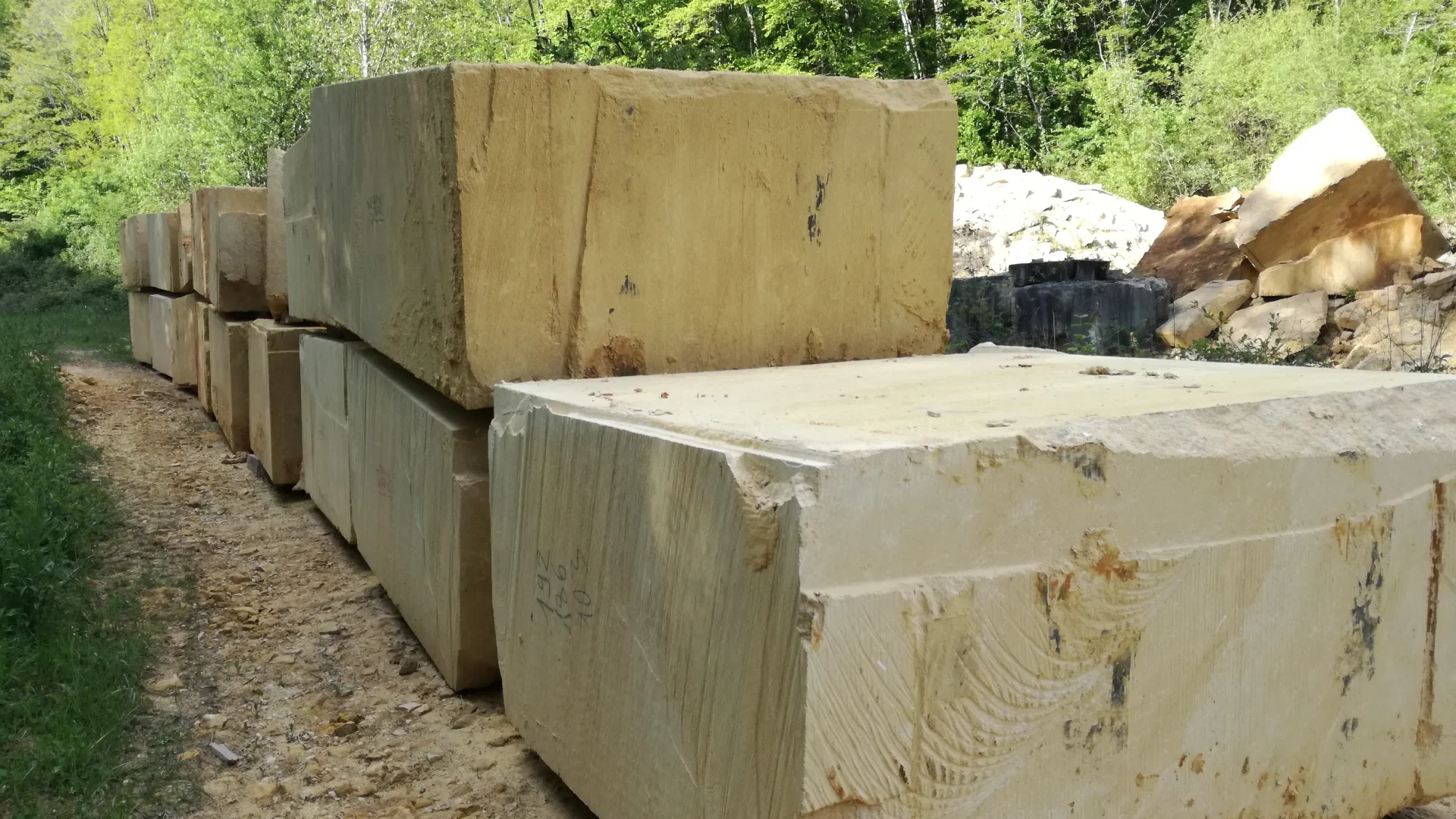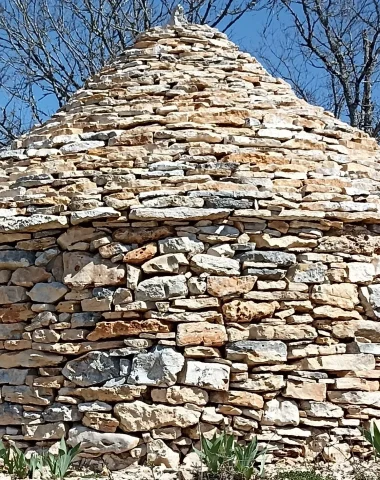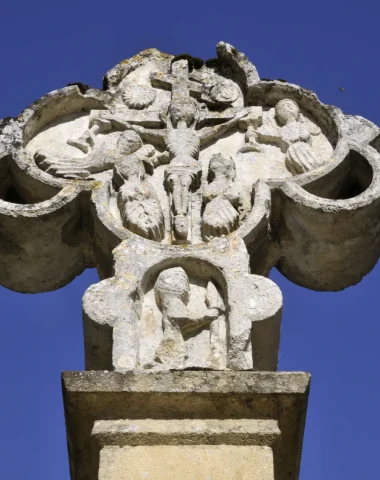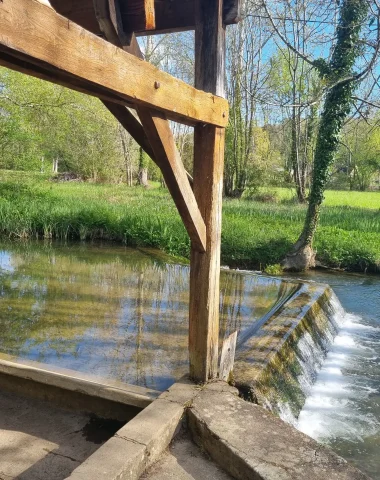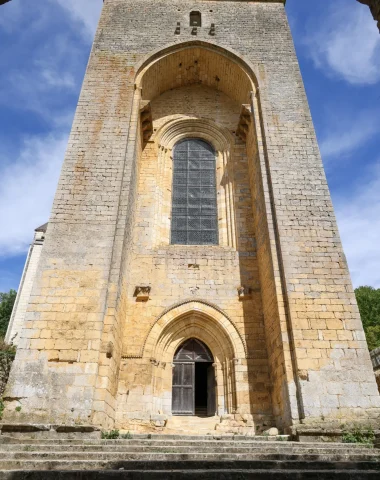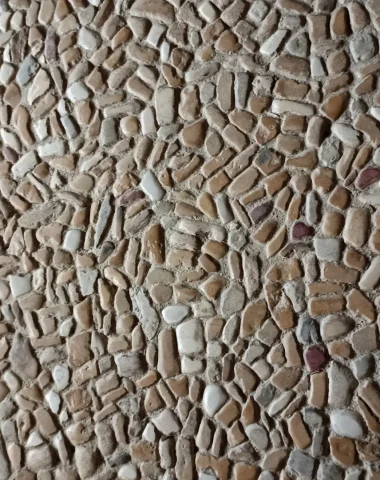Périgord stone is a stone cut to measure in the south-west of France, in Dordogne only! It is often called ocher but its colors range from light beige to gray. In a softened, aged, shot-blasted finish with smooth or cut edges: you will recognize it! Solid and elegant, it gives a particular character to the rural architecture of the Dordogne department, bringing a touch of authenticity to recent houses and enhancing old Périgord residences.
How to cut this unique stone in France?
In a quarry, the stones are extracted then cut and cut into rough or sculpted blocks. They will then be used in the building under construction or restoration.
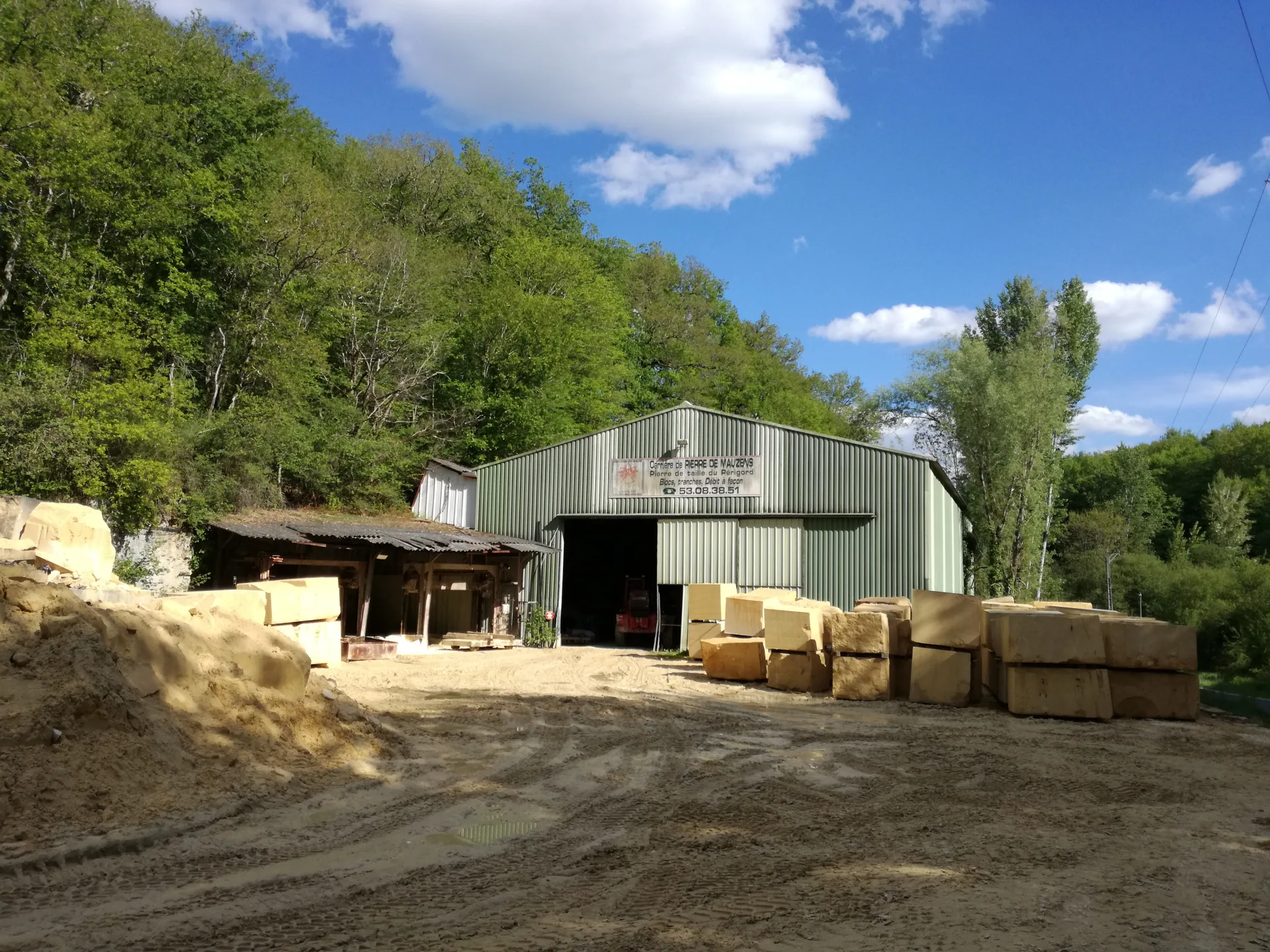
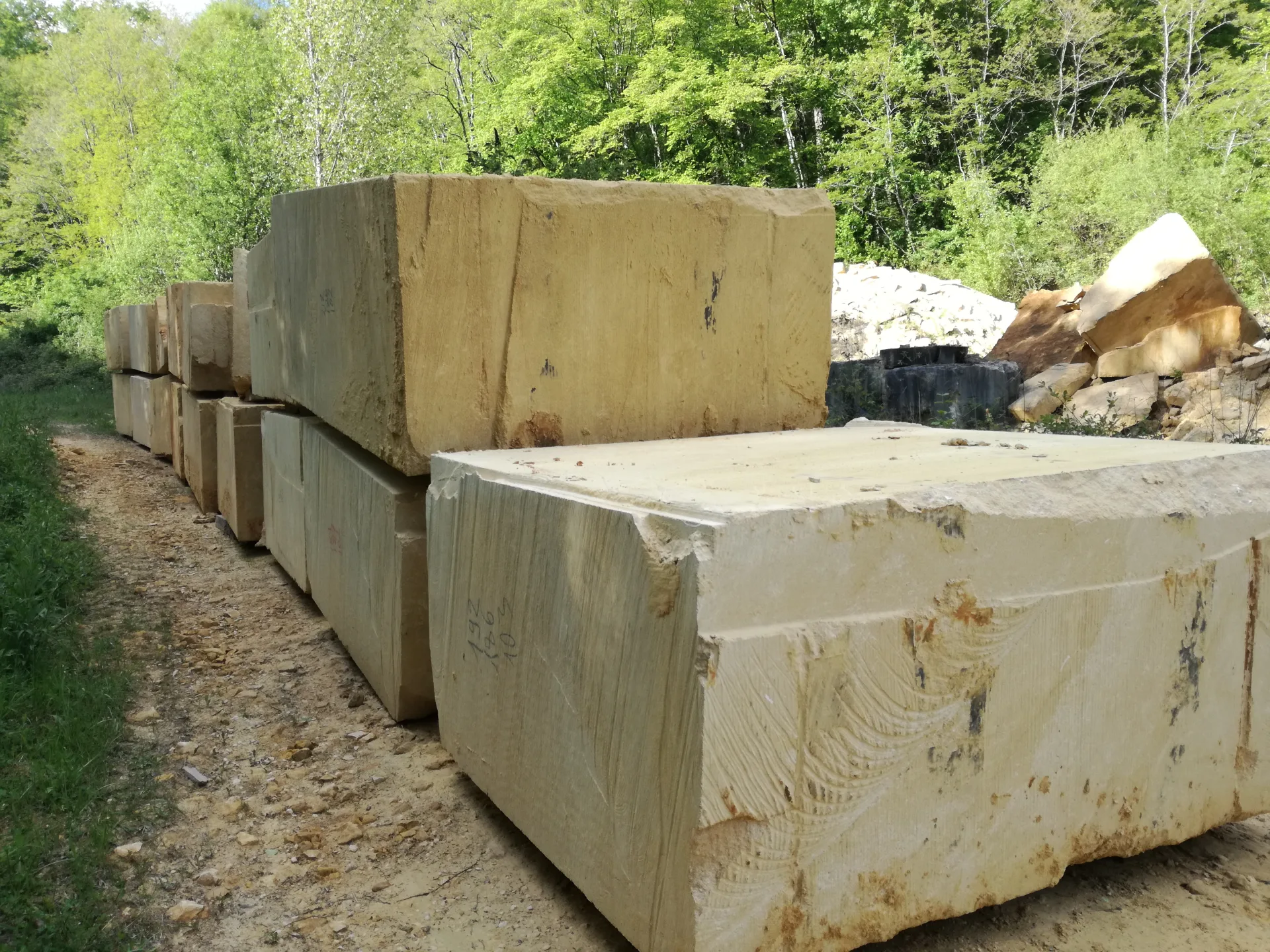
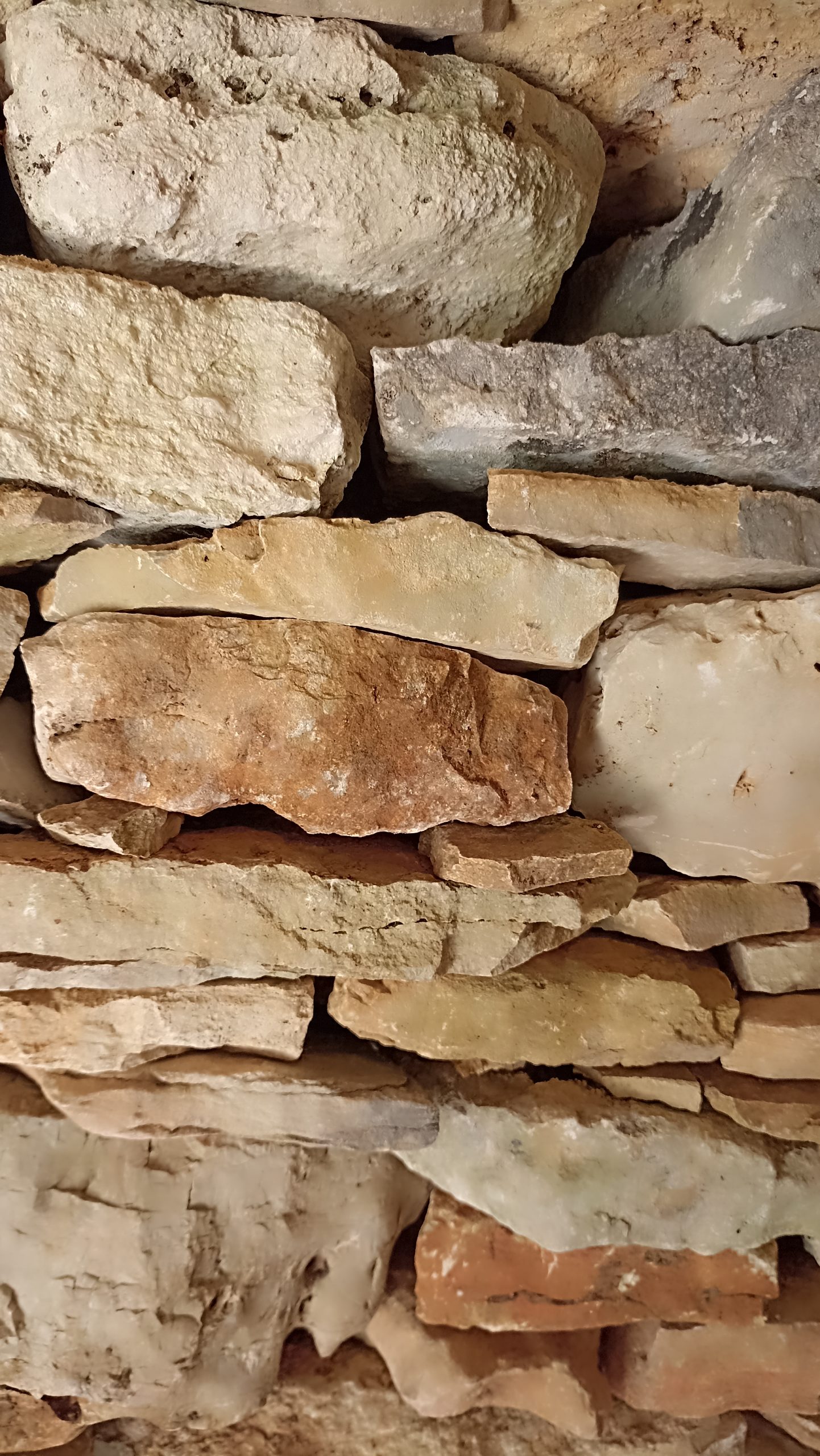
Companies in the region sometimes organize open days but if you would like to know more about Périgord stone, we invite you to visit the Commarque castle. This unmissable site for visiting Périgord Noir offers numerous activities linked to local architecture, including a stone cutting workshop.
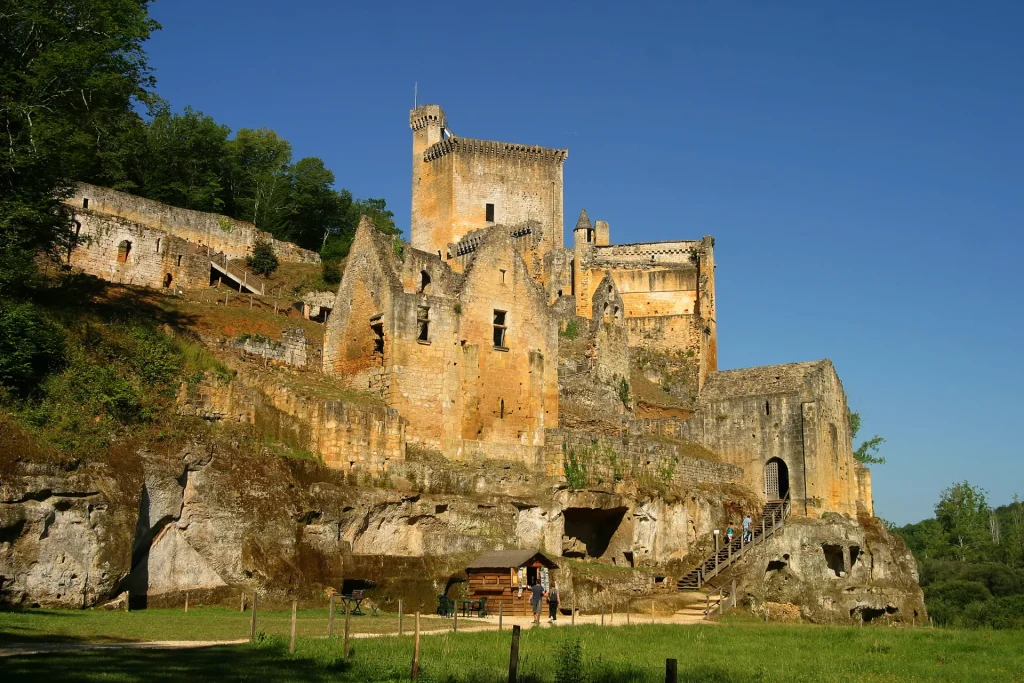
It is organized in the summer period with a specialist who will tell you local anecdotes about this stone but will also teach you how to sculpt it. This workshop is open to children. Find out more on the page of castle for dates and times.
Works visible on every street corner in Dordogne
Towns and villages of character like Fanlac, Saint-Cyprien or Saint-Geniès draw their charm from their church, houses and manor houses built with Périgord stone.
The Most Beautiful Villages of France also feature tastefully restored Périgord stone buildings. The quality historical heritage and houses with old character are preserved in Limeuil ou Saint-Léon-sur-Vézère. You can also see this while walking through the streets of Beynac-et-Cazenac, Roque Gageac, Domme or Saint-Jean de Côle.
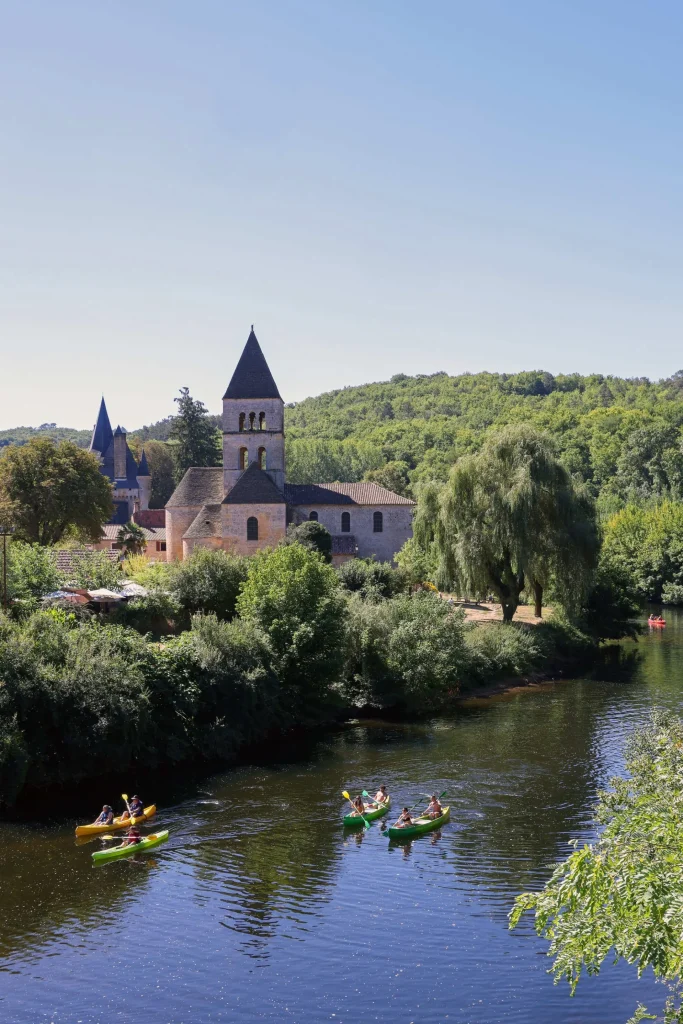
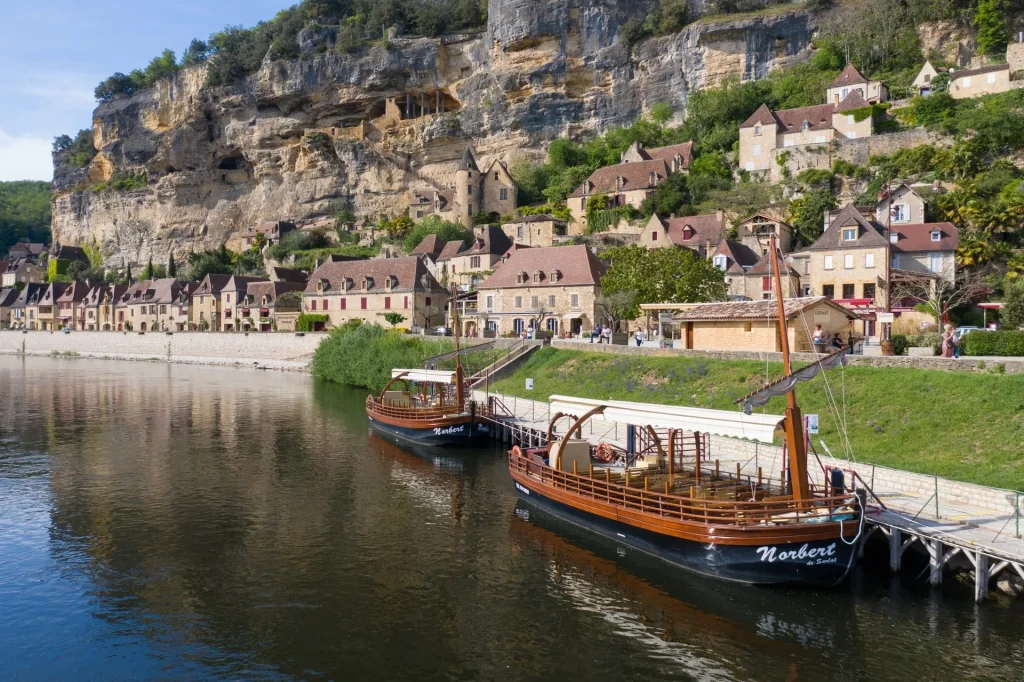
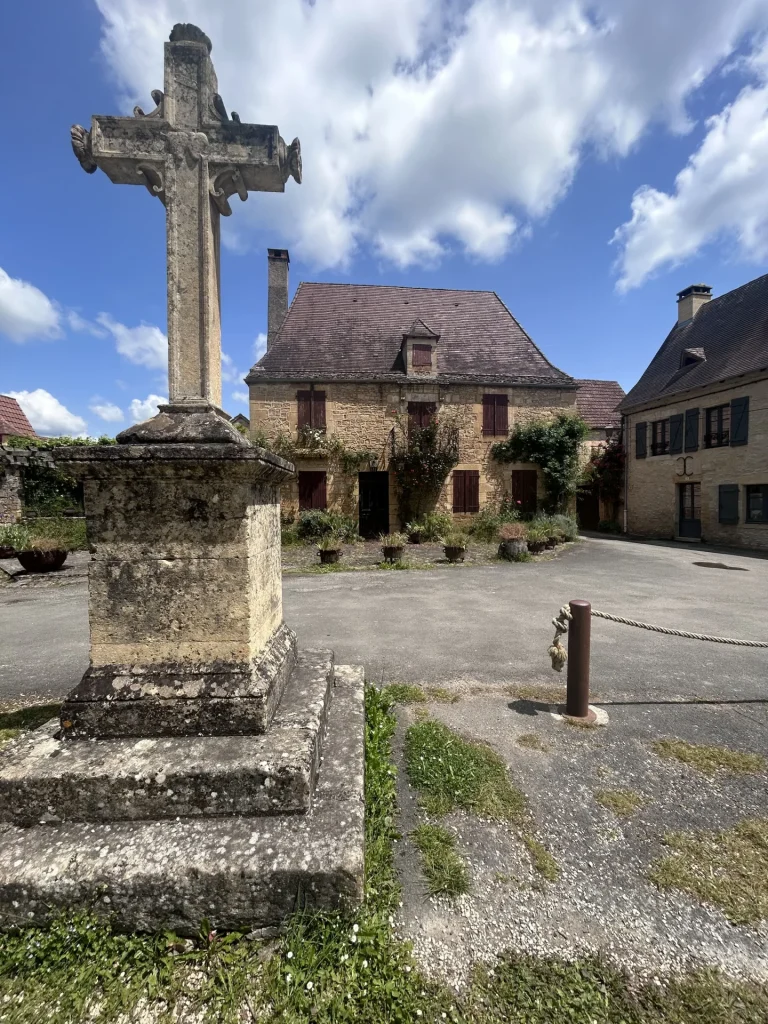
As little as the sun hits these walls and warms them, it is a delight for the eyes.
It's easy to fall in love with the architecture of Sarlat, city classified as “art and history”. The medieval city presents a remarkable preserved heritage, it is a real cinema setting. In the evening, the natural gas lighting system which illuminates the buildings towards the ground creates halos of light on the city's architecture. The Hôtel Plamond is one of the most beautiful buildings in Sarlat.
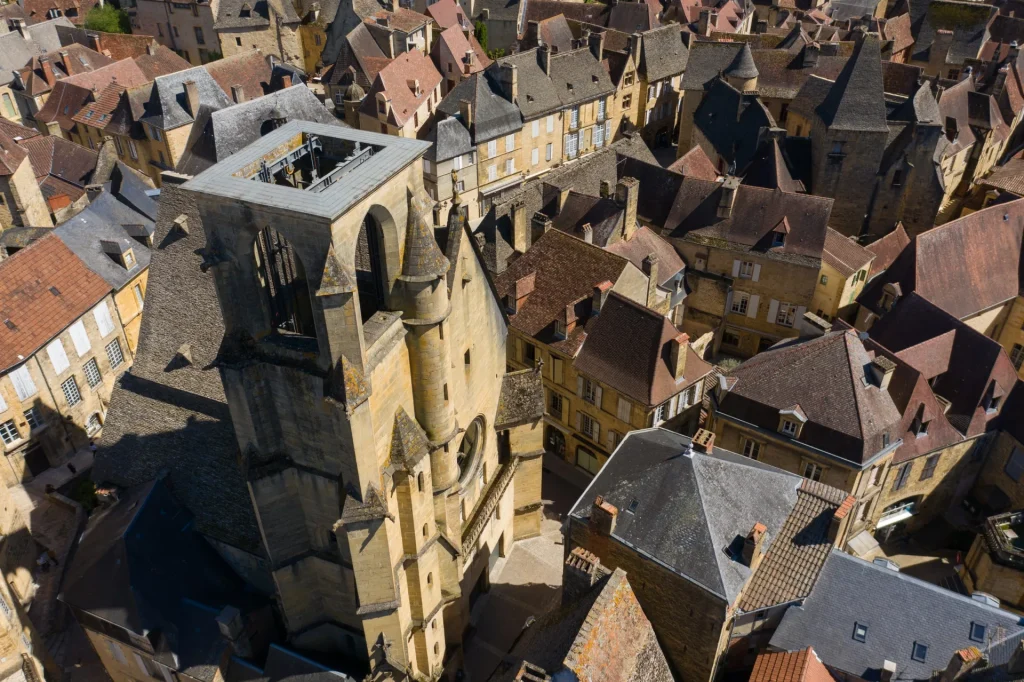
Heading for the Périgord Blanc and the cathedral of Périgueux ! Visits to the roofs of the cathedral allow you to perfectly observe the whitish color of the stone: the chalky limestone of the Campanian and Santonian is visible throughout the building.
Natural stone quarries exploit this Périgord stone
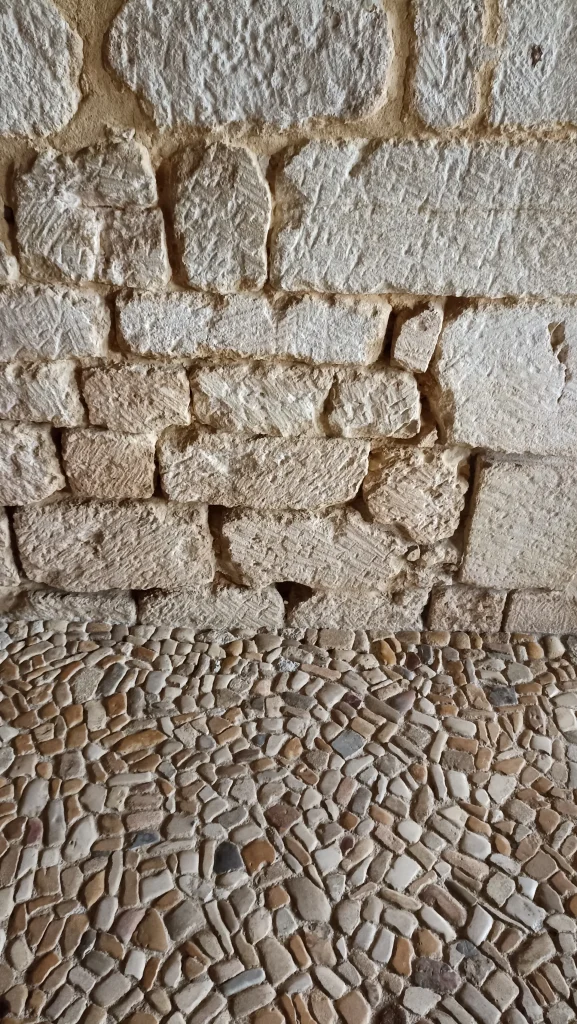
Many villages in Périgord have an economy linked to the cutting of this stone which is so specific and at the same time so diversified.
À Mauzens-et-Miremont, in the Vézère valley, the quarry exploits a stone in light yellow tones. The Paussac quarry near Brantôme and the Périgord Limousin Regional Park digs a stone more in white-beige tones. To Eyzies, a quarry specializes in the extraction, sawing and cutting of Sarlat limestone. The Limeyrat stone near Thenon is a fine-grained limestone whose colors vary depending on the beds: from very light ocher, almost white, to medium ochre, from gray ranging from an ash color to very gray. dark.
Each terroir brings its own particularity of colors but the Pierre du Périgord appellation conceals the same recipe for solidity.
Natural stone, easy to maintain, brings a real touch of authenticity to the house, for paving or swimming pool copings for example. Over time, as it ages, its appearance will become more sublime and refined. The natural patina beautifies the constructions with the passing years.
Note that like any natural stone, Périgord stone is a natural material which presents variations in color, veining, and texture.
Characteristics specific to this Périgord stone
Naturally non-porous, Périgord stone is perfect for exterior use. For terraces, for example, water runs off and does not penetrate the stone. We avoid any risk of cracks with winter frost.
She is more dense than other materials, it will therefore resist better over time, in particular thanks to the cullet which forms naturally on the stone to protect it. This is why it was used so much for the construction of the numerous castles of Périgord. We admire the same stone as our ancestors from the Middle Ages! Amazing, right?
The other major asset is its natural aesthetic, depending on how you work it, it will have a country or rather contemporary look.
Very beautiful examples of local architecture can be admired when visiting the Bournat Park, reconstituted village from 1900 but with real stones found in the surrounding communities.
